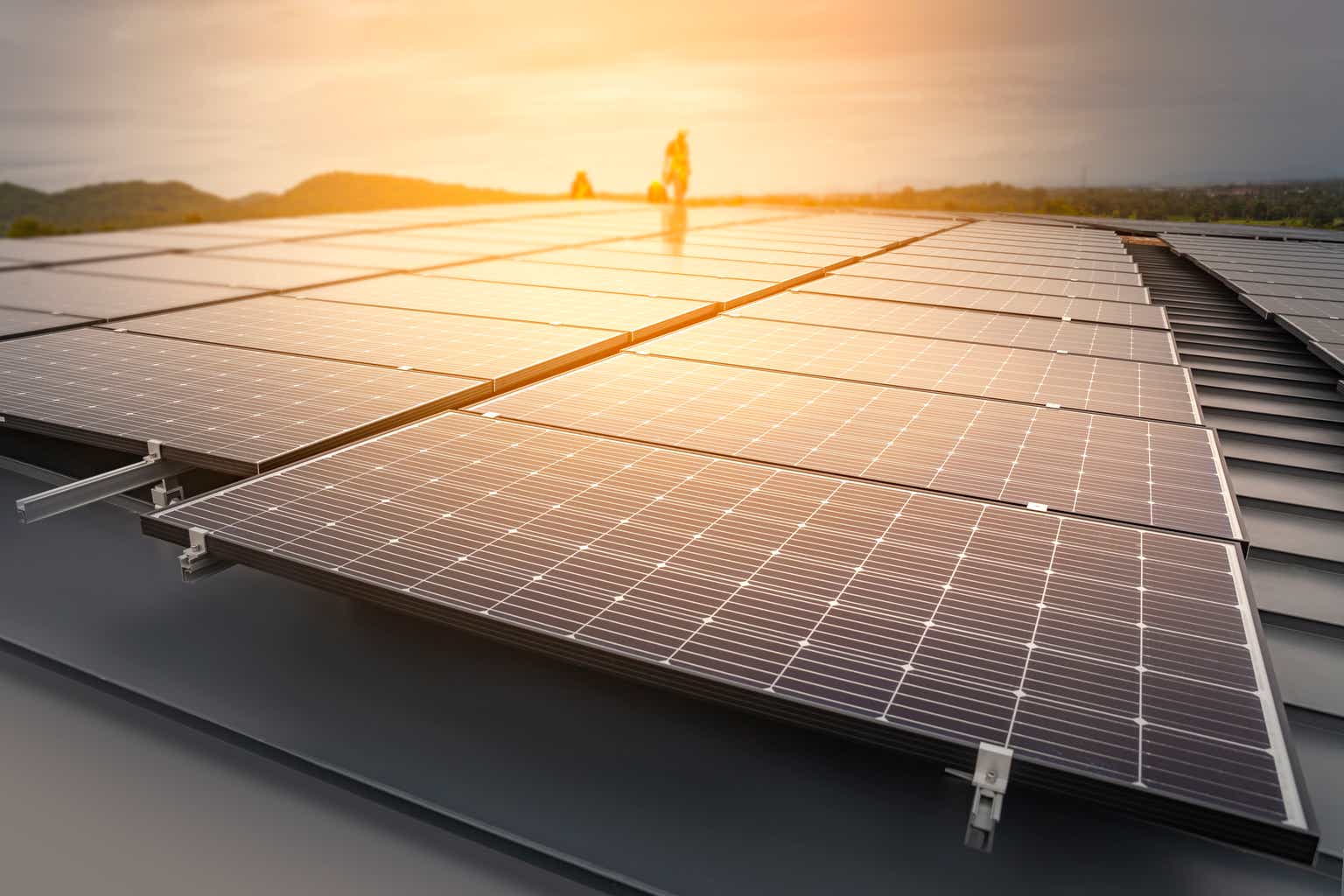New Regulations Target Renewable Energy Projects on Federal Lands
The Trump administration has introduced a new policy requiring all solar and wind energy projects on federal lands to undergo rigorous reviews by the Interior Secretary’s office. This move is aimed at ending what the administration calls “preferential treatment for unreliable, subsidy-dependent” renewable energy sources. The policy represents a significant step in slowing down the development of wind and solar projects across the country.
Under the new rules, every decision related to leases, rights-of-way, construction plans, operations plans, grants, consultations, and biological opinions will be subject to an “elevated” review process. Additionally, the administration plans to eliminate rights-of-way and capacity fee discounts for both existing and future wind and solar projects. Officials claim this change will create a more balanced playing field with traditional energy sources like coal and natural gas.
However, critics argue that the new regulations could severely hinder the growth of renewable energy. Eric Beightel, former executive director of the Federal Permitting Council under the Biden administration, warned that the increased bureaucracy could prevent solar and wind projects from moving forward in a timely or efficient manner. He stated, “For an administration so focused on eliminating unnecessary roadblocks, this is a clear attempt to use the process to kill projects.”
Solar and wind energy have been the primary drivers of energy growth in the United States in recent years. According to the Federal Energy Regulatory Commission, in 2024 alone, solar and wind projects added over 33,000 MW of power combined, accounting for more than 90% of all new electricity generating capacity.
Industry Response and Tariff Concerns
In addition to the regulatory changes, a group of U.S. solar panel manufacturers, including First Solar (FSLR), has asked the Commerce Department to impose tariffs on imports from Indonesia, India, and Laos. The companies accuse these countries of flooding the market with cheap products that are undermining new American factories.
The Alliance for American Solar Manufacturing and Trade, which filed the petition, previously succeeded in securing tariffs on imports from Southeast Asian countries such as Malaysia, Cambodia, Vietnam, and Thailand. This latest effort highlights growing concerns within the industry about the impact of foreign competition on domestic production.
The push for tariffs comes amid a broader debate over how to support the U.S. solar manufacturing sector while maintaining affordable energy solutions. With the current focus on reducing reliance on foreign imports, the industry is looking for ways to protect its interests and ensure long-term sustainability.
Market Trends and Investment Opportunities
Investors interested in the solar energy sector have several options, including exchange-traded funds (ETFs) such as TAN, FAN, ICLN, QCLN, PBW, PBD, ACES, CNRG, EARTH, and SMOG. These ETFs offer exposure to a range of solar-related companies and can serve as a strategic investment for those looking to capitalize on the industry’s growth.
Recent trends show that while some solar stocks have experienced declines in 2025, many analysts still see value in the sector. Monitoring technical indicators and market conditions can help investors identify potential opportunities for growth.
As the renewable energy landscape continues to evolve, the interplay between government policies, industry dynamics, and market forces will play a crucial role in shaping the future of solar and wind energy in the United States.







